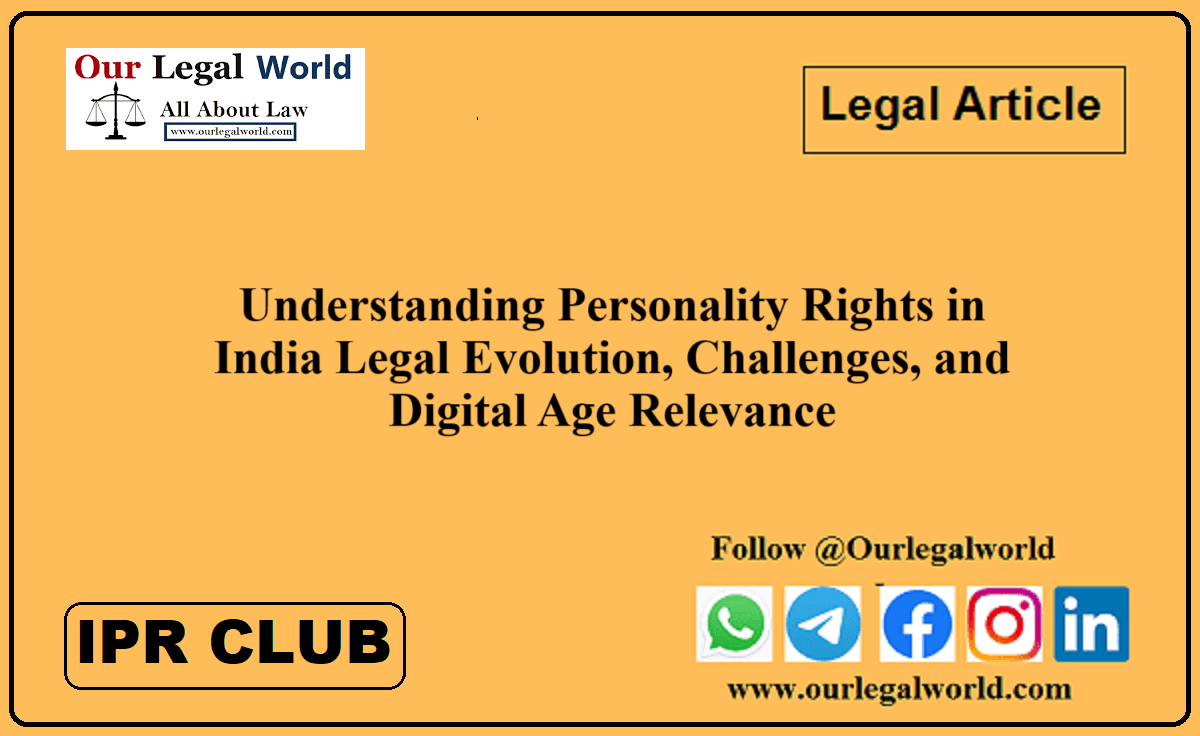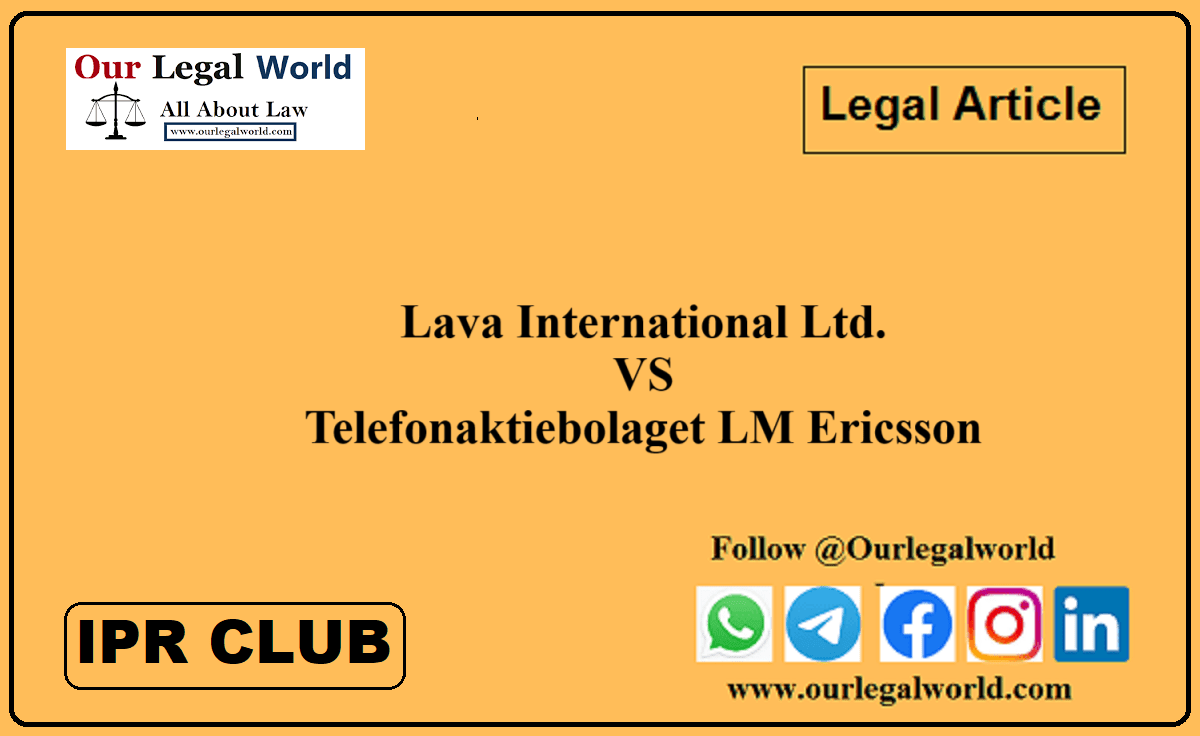DEFAMATION UNDER LAW OF TORTS
Meaning
Defamation is the injury to the reputation of a person, any statement whether oral or written if lower the esteem of a person in right-minded people in the society is called defamation.
Scruffon LJ defined a defamatory statement as “A FALSE STATEMENT ABOUT A MAN TO HIS DISCREDIT”.
A man reputation is considered more important than his property. Defamation is further divided in into two.
Hoarding with photos of Anti-CAA riots accused, verdict Tomorrow at 2 PM : Allahabad HC
1. Liable
2. Slander
The major distinction between liable and slander is liable addressed to the eye while slander to the ears. Slander is the publication of the defamatory statement in the transient form while liable is the representation made in the permanent form e.g. Effigafy, in writing, pictures etc.
In a movie, not only the visual is considered as defamatory but also the speech that is synchronized with it is also defamatory.
In Youssoupoff v. MGM Pictures Ltd ., (1934) 50 TLR 581.
An English company produced a movie in which the princess Natasha was shown having a physical relationship with a man of worst possible character. It was held defamatory by the House of Lords.
Common-Law distinguish between Liable and Slander on the following grounds.
1. Under Criminal Law, only liable is recognized as offence slander is no offence.
2. Under Civil Law, slander is actionable if proof of special damage is shown while liable is actionable per se without the proof of special damage.
Slander is actionable per se on the following grounds.
1. Imputation of Criminal offence to the plaintiff.
2. Imputation of contagious disease to the plaintiff so that other people are not associating with the plaintiff.
3. Imputation that the person is incompetent, dishonest or unfaithful so that other people forfeit working with him.
4. Imputation that the person is involved in unchaste, adultery to any women or girl.
Essential elements of defamation are as follow.
1. The statement must be defamatory.
2. The statement must refer to the plaintiff.
3. The statement must be published.
4. The statement must be defamatory.
THE STATEMENT MUST BE DEFAMATORY
Defamation is injuring to the reputation of a person which lower his esteem in the right-minded people in the society, an accusation that exposes him to humiliate ridicule contempt is defamation. It is no defence on the part of the defendant that he didn’t want to do so.
Many a time, people don’t directly use the defamatory statement they instead utter defamatory statement using innuendo. In innuendo, the statement doesn’t look defamatory on the face of it, but its secondary or latent meaning is defamatory.
If the statement is defamatory and got circulated among the masses, the intention is immaterial.
In Morrison v. Ritetise [(1902) 4 F 654].
In this case, the Newspaper editor publishes the wrong news about Mrs Morrison without any ill will, that she has given birth to twins, but Mrs Morrison got married just two months before. The House of Lords held the statement defamatorily.
In South Indian Railway Co. v. Ramakrishna.,[(1890) ILR 13 MAD 34].
A ticket checker of railway asking for the identity proof and other documents as a part of his duty is no defamation, as he has not published any defamatory statement.
THE STATEMENT MUST REFER TO THE PLAINTIFF
In action for defamation, the person defamed must establish that the statement refers to him, in the eyes of right-minded people of the society. In [Jones v. Holton &Co., [(1890) ILR 13 MAD 34] if a liable speaks of a person without describing him, the person must satisfy in the eyes of the jury that such statement referred to him.
In Newstead v., London Express Newspapers Ltd [(1939) 4 All ER 319].
The defendants published an article stating that ‘Harold Newstead, a Camberwell man’ had been convicted of bigamy. The story was true of Harold Newstead, a Camberwell barman. The action for defamation was brought by another Harold Newstead, the barber. As the words were considered to be understood as referring to the plaintiff, the defendants were liable.
Delhi H.C. in Harsh Mendiratta v. Maharaj Singh [95 (2002) DLT 78] said that an action for defamation was maintainable only by the person who was defamed and not by his friends or relatives.
The state of English law considered to be unsatisfactory as it leads to the conviction of innocent people. Defamation Act, 1952 was passed under which the publisher didn’t intend to publish concerning other men, or the words are not defamatory on the face of it or under what circumstances it is considered defamatory, the court will hold the defamer liable.
PUBLICATION OF THE STATEMENT
No action for defamation lies unless the statement is published, the publication doesn’t mean that the statement to be published in the press, publication means in the knowledge of any prudent person other than the person defamed. Defamatory statement in the closed envelope is no publication. Dictating a defamatory statement to stenographer is defamation, other than a private secretary. If a letter is sent in the name of the son and the father read it, there is no publication. A statement on the postcard or telegram is defamation no matter who read it. If a statement is written in the third language other than the common tongue and someone else read it on his behalf, it amounts to publication.
If a spouse writes a defamatory statement (in private) to another, it doesn’t amount to defamation; the same happens in T.J. Ponnam v. M.C. Verghese [AIR 1970 SC 1976].
TRUTH
In defamation, there cannot be better defence than the truth. The law will not allow the plaintiff to recover any loss that arises from the defamatory statement if it founds to be true. The defence is still available even though it was done with malicious intent, partially or substantially correct information can also avail the defence of truth. In the case of Alexander v. North Eastern Rely.,[ (1885)6 B & S 340].
“News was published in the newspaper that X has been sentenced to a fine of 1 pound or three weeks imprisonment. In the alternative, while in fact X was sentenced to a fine of pound 1 or 14 days imprisonment. It was held that the statement in the press was substantially correct, and no action lied, if defamer fails to prove the truth of the statement, he is liable”.
FAIR COMMENT
Fair comment is also the defence of defamation if done for the public interest. Comment means an expression of opinion; the following are the requirements of fair comment.
1. It must be an expression of opinion.
2. Comment must be fair.
3. It must be made in the public interest.
Comment and statement of fact are two different things. Comment is an expression of opinion on certain fact and circumstances and not a statement of fact. Comment should be fair, and no comment can be based on false facts.
PRIVILEGE
There are certain instances when the law recognizes the freedom of speech has privilege even if it was defamatory. They have further divided it into two types.
1. Absolute privilege- No action for defamation lies even though it was done with malicious intent. This privilege applies to Parliamentary Privilege, Judicial proceedings and state government.
2. Qualified privilege- In case of qualified privilege, the statement must be made without malicious intent. To avail the defence of qualified privilege, the following requirements should be satisfied.
2.1 It must be made in discharge of duty.
2.2 It must be made in the protection of interest.
2.3 It must be a fair report of parliament, judiciary or any other proceeding.
REFERENCES
• WINFIELD AND JOLOWICZ, TORT 360 (W. V H. Rogers., 18th ed. Sweet &Maxwell, 2010).
• CLERK & LINDSELL ON TORTS, (Sweet & Maxwell Publication, 22nd Ed. 2018).
• Ratanlal & Dhirajlal, THE LAW OF TORTS (GP Singh ed., 26th ,2010)
• https://blog.ipleaders.in
• http://www.legalserviceindia.com
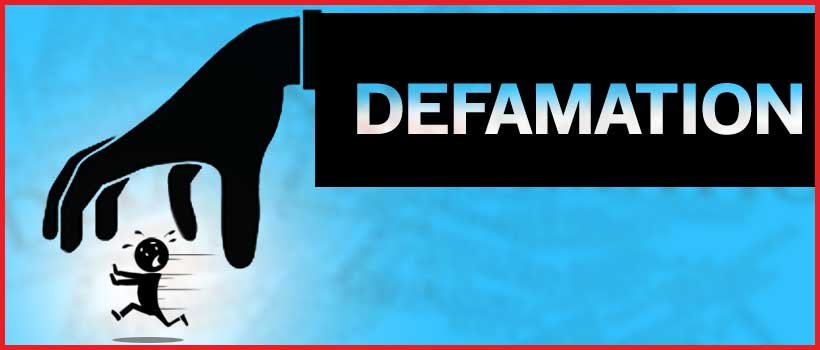
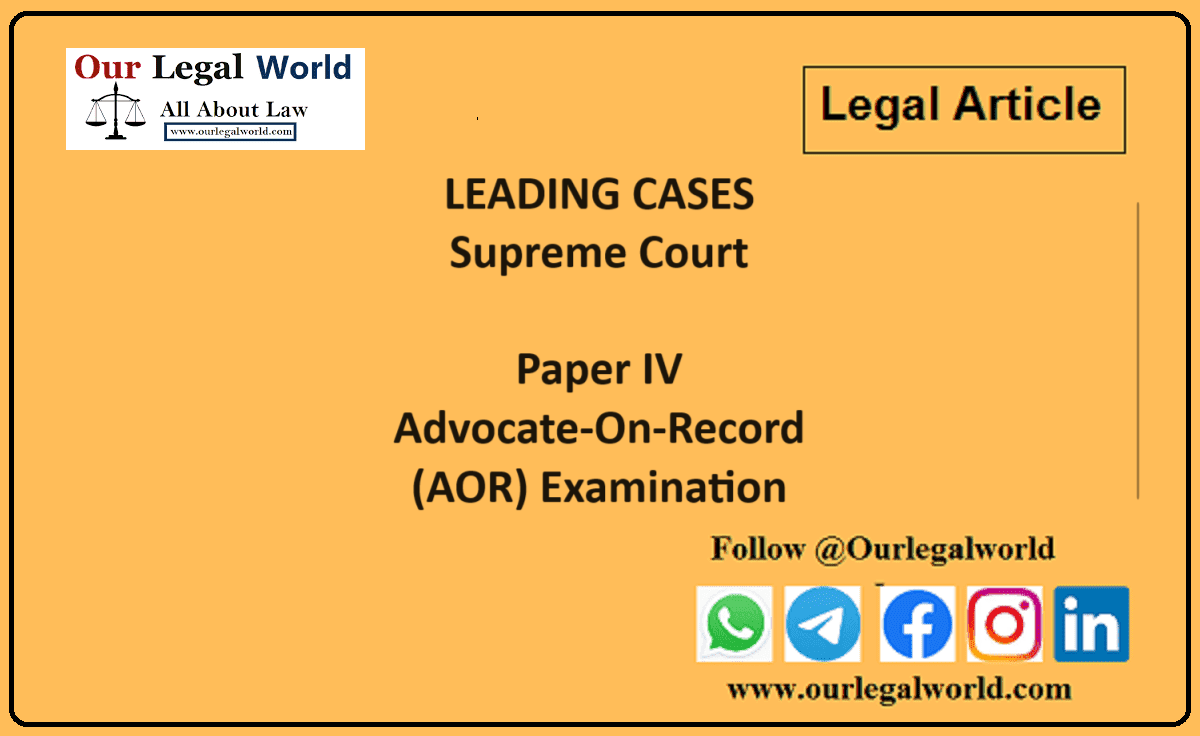
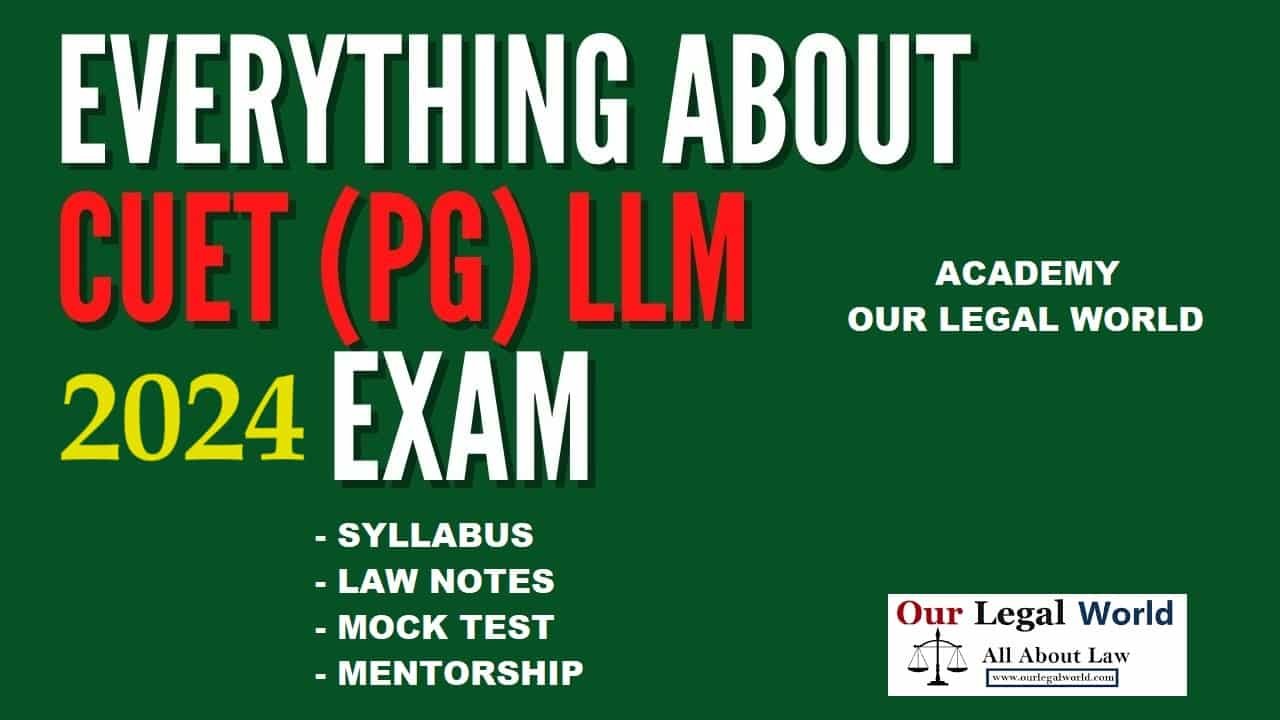
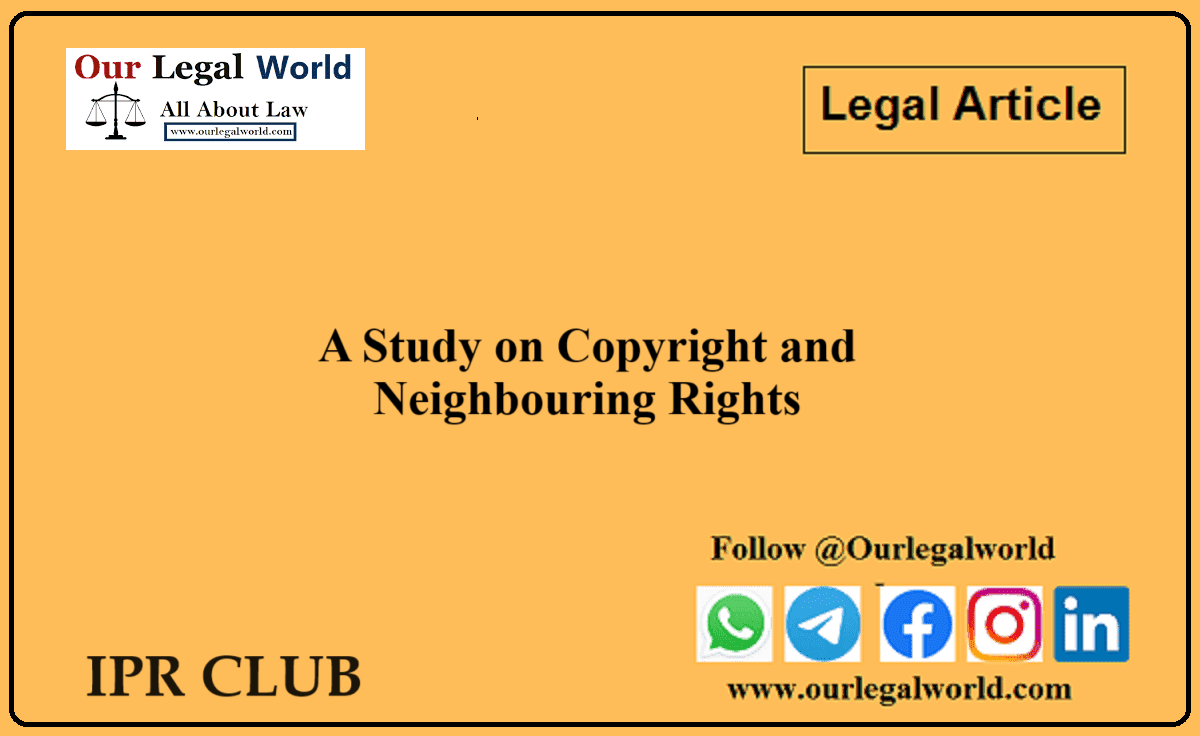
![Tax Law Internship Opportunity at Legum Attorney [Chamber of Ashish Panday], Delhi [Tax Litigation]: Apply by 2nd November](https://www.ourlegalworld.com/wp-content/uploads/2024/10/Legum-Attorney-Intern.png)

